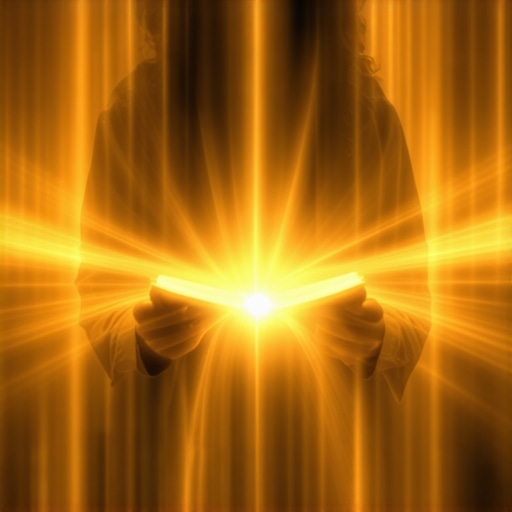Dream of a Green Snake: Islamic Meanings & Warning Signs from AllahDream of a Green Snake: Islamic Meanings & Warning Signs from Allah
My Personal Encounter with the Mysterious Dream of a Green Snake Recently, I had a vivid dream where I saw a vibrant green snake slithering peacefully in my garden. This




